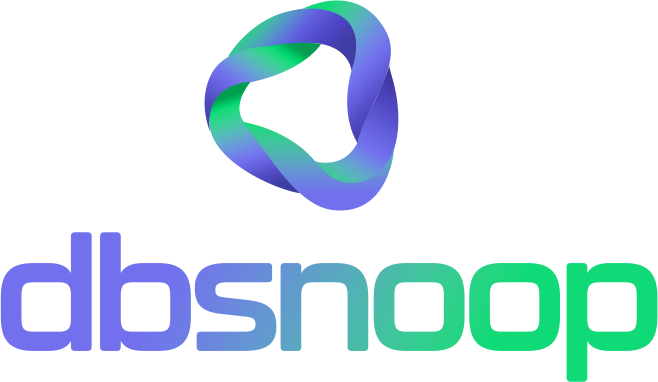
Dynatrace is a leading application performance monitoring (APM) platform, featuring integrated artificial intelligence (AI) for automation and observability. Organizations using it can monitor their infrastructure, identify performance bottlenecks, and optimize user experiences with greater efficiency. By providing a holistic view of IT systems, Dynatrace helps DevOps teams, SREs, and engineers to detect and resolve issues before they impact business operations.
Key Features of Dynatrace:
- AI for Automation: The platform employs advanced AI, known as Davis, to automate real-time problem analysis, allowing companies to optimize operations and reduce mean time to resolution (MTTR).
- Full-Stack Monitoring: Offers a comprehensive view of the entire IT infrastructure, from servers and networks to containers and applications, enabling the detection of bottlenecks at any layer.
- Application Performance Monitoring (APM): Tracks every transaction and request within an application, helping developers detect performance issues and improve code efficiency.
- Container and Kubernetes Monitoring: Provides full support for Kubernetes and Docker, facilitating visibility into container performance from the underlying infrastructure to the microservices within.
- Cloud Integration: Compatible with major cloud providers like AWS, Microsoft Azure, and Google Cloud, making it ideal for cloud or hybrid environments.
- Automated and Customizable Alerts: Configures and adjusts alerts based on critical metrics, enabling teams to be notified of potential issues before they affect users.
- Real User Monitoring: Tracks real user behavior, providing detailed insights into how customers interact with applications.
How Dynatrace Works?
Dynatrace operates through lightweight agents installed on servers and containers. These agents collect detailed performance data, which is sent to the Dynatrace platform for processing. The AI Davis then analyzes the data, identifies anomalies, and alerts teams when issues are detected.
Dynatrace’s standout feature is its predictive capability: it not only detects problems but also suggests solutions based on the analysis of large volumes of historical and real-time data.
Benefits of Using Dynatrace:
- Reduced MTTR: The automation provided by AI Davis helps companies decrease the time needed to identify and resolve issues, minimizing operational impact.
- Performance Optimization: By monitoring every aspect of infrastructure and application, it automatically identifies areas for optimization, from code efficiency to resource usage.
- Enhanced User Experience: The User Experience Monitoring feature allows companies to track how users interact with applications, identifying friction points that could affect user experience.
- Scalability: Designed for large and complex enterprise environments, it scales to efficiently monitor both small systems and global multi-cloud infrastructures.
- Complete Visibility: By offering full-stack monitoring, it also consolidates observability into a single integrated platform, eliminating the need for multiple tools.
Why Dynatrace is Valuable for Large Operations?
Dynatrace is tailored for organizations needing a comprehensive solution to manage complex IT environments, including large enterprises utilizing microservices, containers, and multi-cloud architectures. It is widely adopted in sectors requiring continuous application stability and performance, such as banking, insurance, retail, and telecommunications.
Comparison with Other Tools:
- Dynatrace vs. Datadog: It offers more automated AI capabilities, while Datadog provides greater flexibility and customization but requires more manual configuration and maintenance.
- Dynatrace vs. New Relic: Although New Relic also offers APM, Dynatrace stands out with its AI automation and predictive analytics, reducing manual intervention.
- Dynatrace vs. SolarWinds: SolarWinds excels in infrastructure monitoring, but Dynatrace offers a more comprehensive solution with full-stack monitoring and native cloud integration.
Pricing
Dynatrace uses a usage-based pricing model, meaning costs depend on the number of hosts, containers, or cloud instances monitored – which can get expensive really fast. Companies can request a free trial to evaluate how the platform meets their specific monitoring needs.
Conclusion
Dynatrace is one of the most advanced and comprehensive monitoring and observability tools on the market. Its AI-driven automation, full-stack monitoring, and robust multi-cloud support make it ideal for large organizations managing complex IT environments. While it excels in its comprehensive approach, dbsnOOp offers a more specialized solution that may be more suitable for many businesses, particularly those prioritizing database performance.
dbsnOOp is a focused monitoring and observability platform specialized in databases, known for its simplicity and efficiency in environments requiring more direct and accessible management.
Give it a try for 14 days, no burocracy, no credit card
Learn more about Flightdeck!


